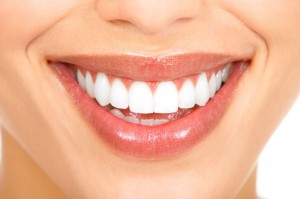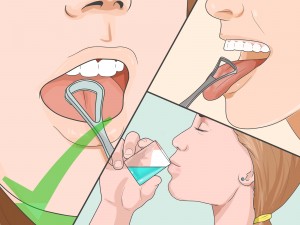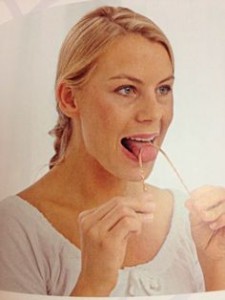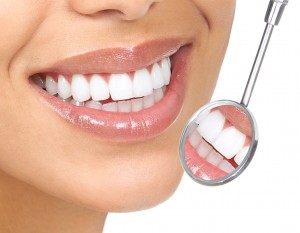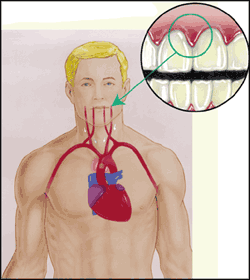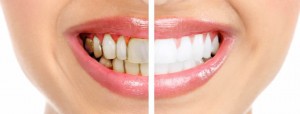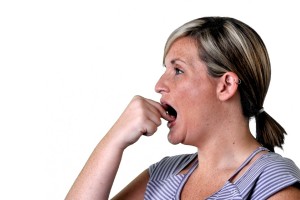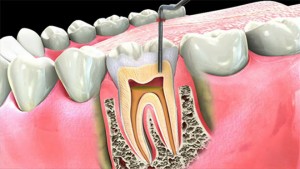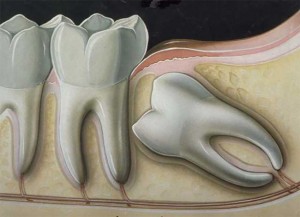1. Watch What You Eat

When you wear braces, you need to be more aware of what you eat.
Do’s. Watching what you eat can promote overall and oral health. Eat a balanced diet that is low in sugary foods to minimize plaque or stain formation around your braces.
- Eat lean proteins, fruits and vegetables, and legumes.
- If you eat something sugary, consider brushing your teeth when you’re done.
Don’ts Eating too many sugary and starchy foods can cause plaque to build up around the brackets, which can cause staining of the teeth, causing cavities or leading to gum disease. You should especially avoid sticky and chewy foods, such as dried fruits, caramel, toffee, corn on the cob and chewing gum, all of which can become stuck and be hard to remove from braces.
Hard foods are another no-no. Foods such as nuts, ice, popcorn and beef jerky can break the wires of the braces and loosen the brackets. Even otherwise healthy foods, such as raw apples and carrots, can be problematic because their hard texture can damage the wires. To eat crunchy foods, cut them into small, bite-size pieces
2. Dental care and cleaning your braces.
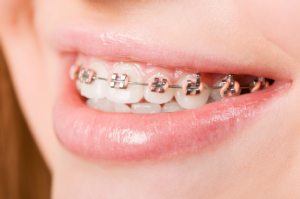
Whether you’re wearing Invisalign or standard braces, you need to clean your teeth properly each time. Any food trapped between your teeth or braces has the potential to bring serious dental issues. Clean each tooth using toothpaste and a soft bristle brush. Always use a mirror to have a close look at each gap between your teeth and braces to ensure you’ve done a thorough job. Also, use a gentle mouthwash to give additional protection. If you experience any pain, loosening, or damage to your braces, you’ll need to visit your orthodontist as soon as possible.
Braces can be life changing. If you care for your mouth properly and watch your diet, you’ll be rewarded with a beautiful new smile.
3.Brushing and flossing are as important as ever.
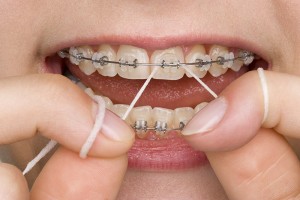
You have braces on your teeth to straighten them or correct another type of orthodontic issue, but your braces do not clean your teeth for you. If you don’t clean them, you may experience tooth decay under your brackets, which can lead to a variety of other issues. Brush and floss when you wake up, after you eat, and before you go to bed. Your mouth will feel fresher and cleaner, you won’t have to worry about having food particles stuck in your mouth, and you’ll avoid major dental hygiene problems.
Get a special toothbrush for braces.
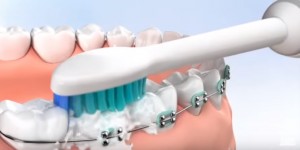
Since braces require placing devices on your teeth, use a proper toothbrush or toothbrushes. Purchase a regular brush and consider adding a braces-specific proxabrush to get between brackets
- Get a regular brush with soft bristles.
- Make sure the brush size and shape fit your mouth, which can help reach all areas of your mouth.
- Buy a proxabrush, or “Christmas tree” brush, if you like. This may help you more effectively clean between braces
- Replace any brush with frayed bristles or every 3-4 months.
4.Avoid grinding your teeth. If you clench or grind your teeth, you could damage your teeth or braces. Ask your dentist or orthodontist about using a mouth guard.
- Grinding wears can cause sensitivity and damage such small chips and cracks in your teeth.
- Avoid biting your nails, opening bottles, or holding things in
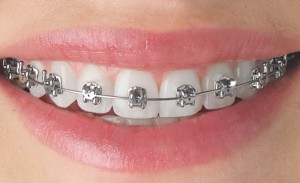
your mouth.
5. See your dentist and orthodontist regularly. Regular checkups and cleanings with your dentist are important to maintaining oral health. You should also visit your orthodontist regularly to help correct your teeth. Visit your dentist at least twice a year and your orthodontist as often as they suggest.


